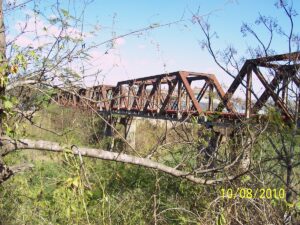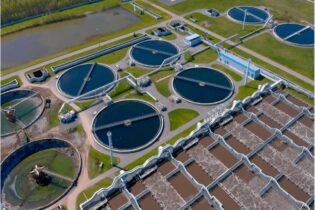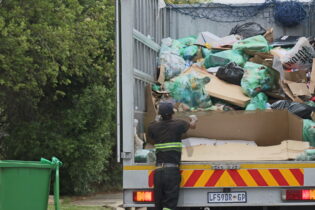Completed some 100 years ago for South African Railways & Harbours, the existing Canelands pipe bridge crosses the Mdloti River in Verulam and features five 33 m spans of 5.5 m deep structural steel trusses. These are simply supported on reinforced concrete piers and abutments.
The original bridge was built to support a 400 mm diameter ductile iron sewer pipe, and 350 mm diameter and 400 mm diameter steel water pipes, together with an open cable tray accommodating electrical cables. The bridge further serves as a pedestrian crossing for the surrounding community.
A condition assessment investigation of the entire bridge confirmed that the structural steel trusses were at an advanced stage of corrosion and required immediate replacement. However, the existing substructure is still in good condition and shows no signs of distress. Based on a cost-benefit analysis, it was therefore proposed that only the current steel superstructure be replaced.
“The final design recommendation accepted by the client will see the construction of a 165 m long precast concrete bridge deck that will accommodate water and sewer line infrastructure, as well as improved and safer access for pedestrians,” explains Josh
Padayachee, director: Bridges & Buildings at Naidu Consulting.
Design benefits
The design solution passes on the following key benefits for the client:
• Since substructure demolition and replacement with new abutments, piers and piles is not necessary, this reduces the environmental impact and results in substantial cost savings.
• An environmental authorisation and water-use licence is not required.
• The use of the existing steel trusses to launch the new bridge deck means that no cranes are required in the river to place the prestressed beams between the supports.
• An intrusive geotechnical investigation was not needed, which would in general have had negative environmental impacts.
• There will be no construction in the river channel, thereby avoiding negative environmental impacts and the risk of project delays due to inclement weather and flooding.
• The engineer’s estimated construction period duration was reduced by approximately seven months. Read more: https://issuu.com/glen.t/docs/imiesa_march_2022








